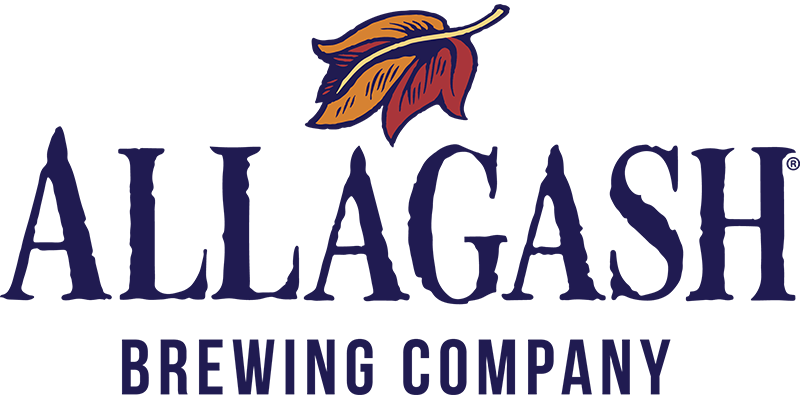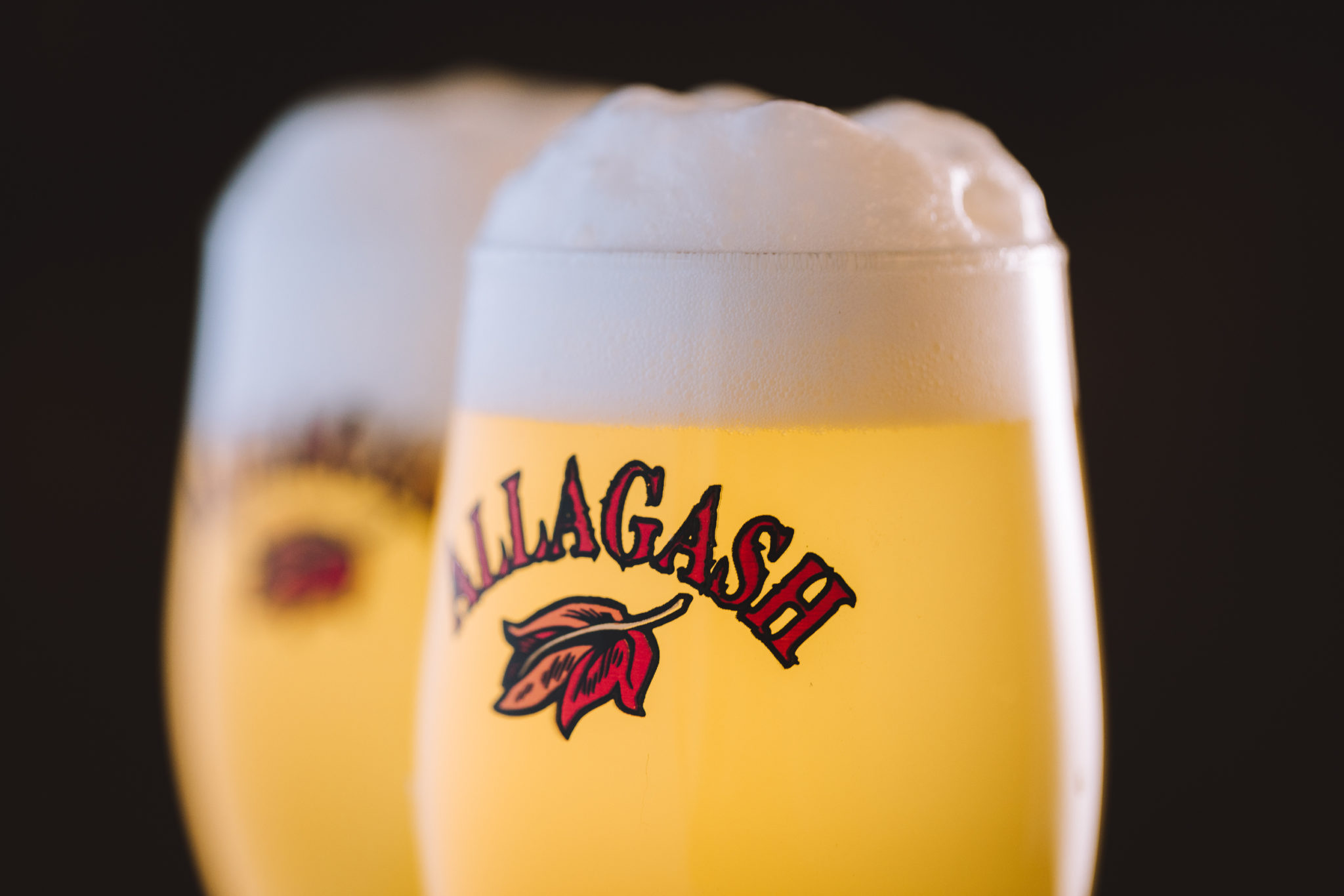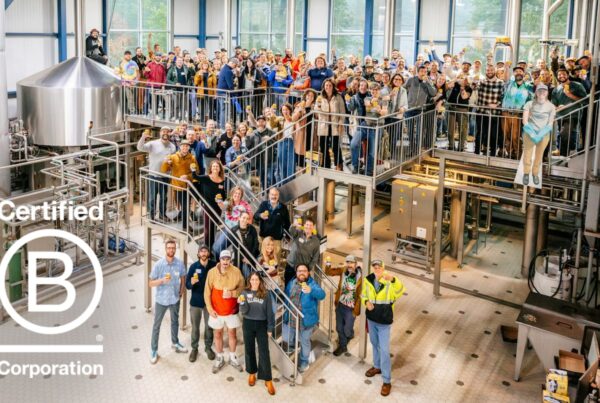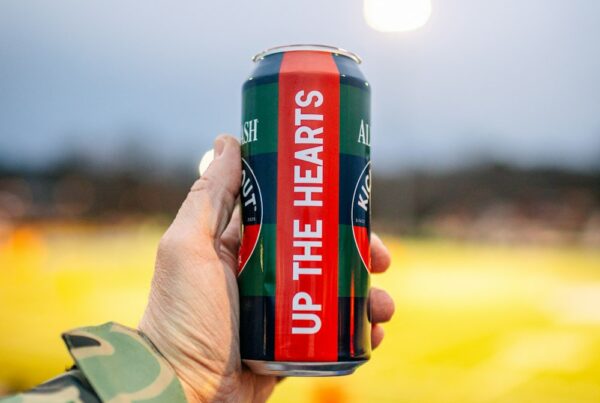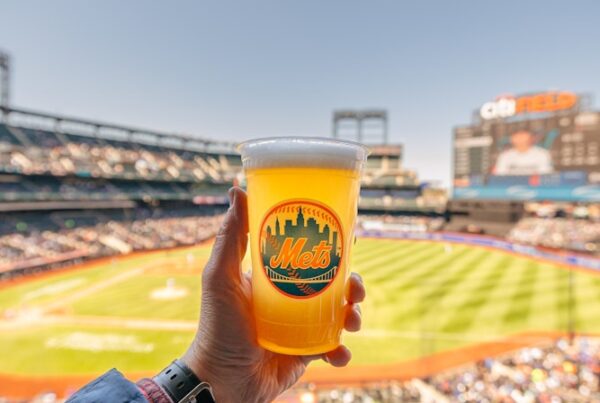Across the brewing industry, one beer descriptor keeps popping up: crisp. It’s used to describe various styles, with various alcohol content, and various flavors. So what does it mean? The way we see it, the word “crisp” has become an encapsulation of a range of important brewing concepts. So we wanted to take our best shot at defining what “crisp” really means, and what sort of beers exemplify this descriptor.
FACTOR 1: CARBONATION
At its core, tingling carbonation gives beer its crispy zing. You can gain those bubbles through forced carbonation or through bottle conditioning: a traditional Belgian process that we use at our brewery. The amount of carbonation matters. We carbonate Allagash White at around 2.7 volumes, which creates a pleasant amount of tingly carbonation. By comparison, champagne—a drink known for its intense bubbles—comes in at around 6.3 volumes.
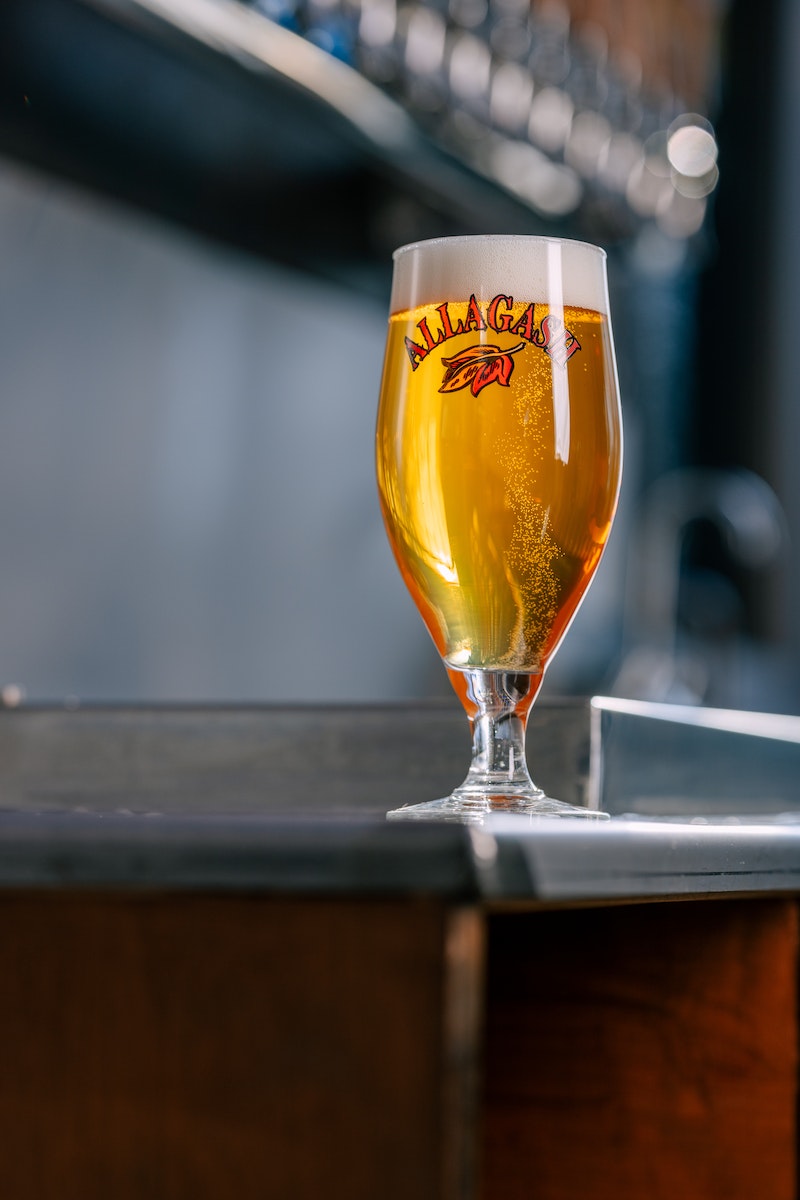
Yep, that’s looking crisp.
FACTOR 2: MOUTHFEEL
The mouthfeel of a beer will also affect our perception of carbonation. A beer with a thick mouthfeel, like a porter, stout, or scotch ale, won’t have that same zip. Lighter beer styles like pilsners, saisons, table beers, blonde ales, etc. will highlight the bubbliness of the beer, leading to a crispier experience. As a general rule, lighter beers will have a grain bill made up mostly of malted barley, as grains like wheat and oats are often used to thicken the mouthfeel.
FACTOR 3: RESIDUAL SUGARS
To quickly back up, brewers ferment beer with yeast. That yeast eats sugar, creating alcohol, carbonation, and other aromatic flavor compounds. If you allow the yeast to eat up all of the sugar that you’ve pulled out of the grain during the brewing process, you’re going to have a dry beer. If that yeast leaves some of the sugar in the beer, you’ll have a more sweet-perceiving beer. The more residual sugar, the more the mouthfeel of a beer will tend to linger—and in its unfortunate form, this can be described as “cloying” sweetness. A “crisp” beer will be dry, meaning it has very low residual sugars and its flavor won’t linger in your mouth after you’ve taken a sip.
A caveat: a beer can perceive as tasting sweet and still be dry. Our Tripel has notes of honey and passion fruit, both sweet-perceiving aromas and flavors, yet it actually has incredibly low residual sugar. So a beer can still taste “sweet” and retain a crisp profile.
FACTOR 4: BALANCE
If you spend any time reading about Belgian-style brewing, you’re bound to come upon the term “balance.” In short, it’s referring to a harmonious mix of aromas and flavors—where no single aroma of flavor dominates any other. They are all both perceptible and subtle enough that they form a cohesive whole without the drinker being able to pick apart the beer’s exact flavors. At our brewery we call this being able to perceive flavor, but not identify it. Some of our favorite, most “crisp” beers have this exact quality: of presenting you with a range of flavors, rather than bashing you over the head with a single component.
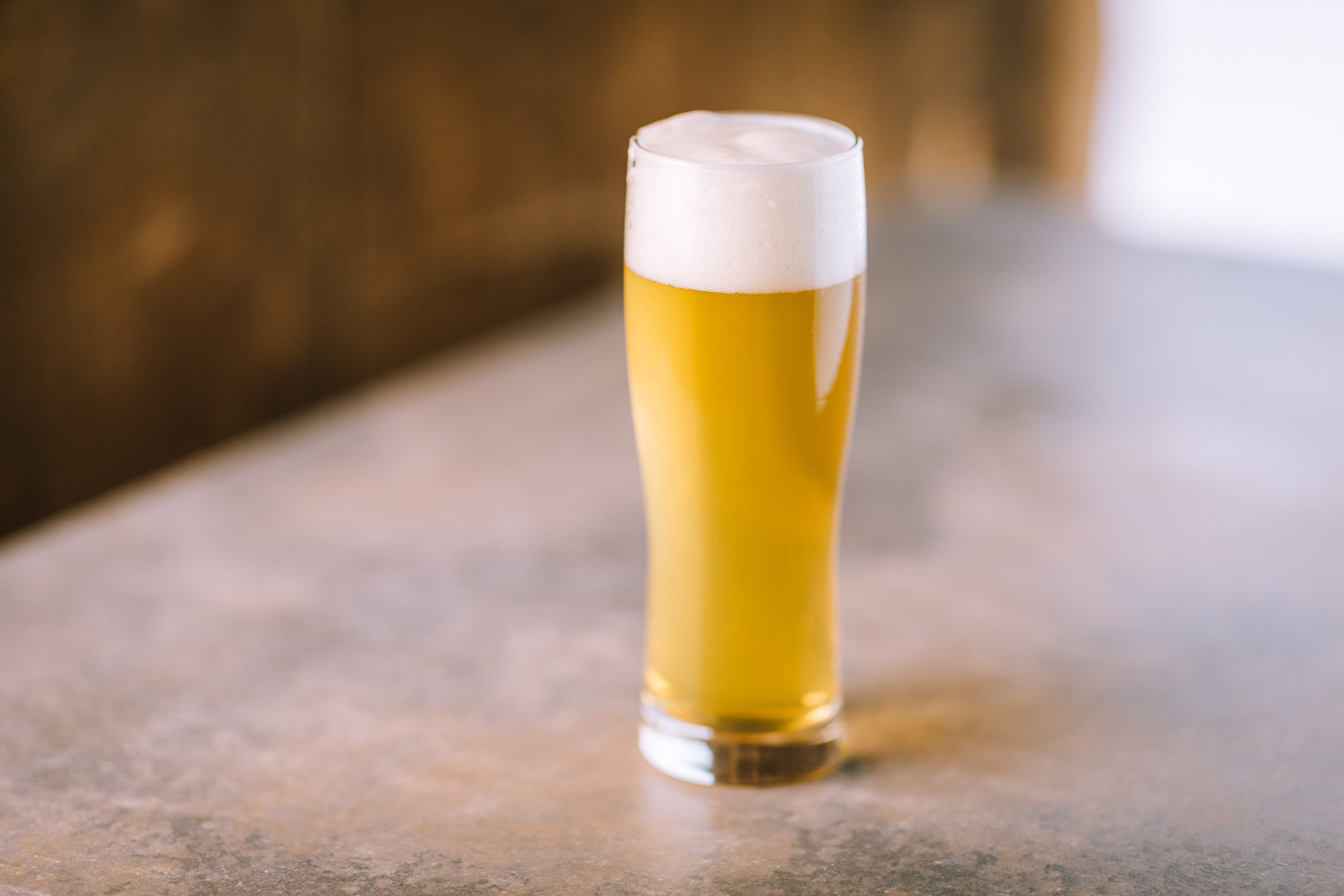
“CRISP” BEER SUGGESTIONS
PILSNER
The quintessential “crisp” beer style, Pilsners are light, golden, clear, balanced and eminently drinkable.
EXAMPLES:
- Allagash Seconds to Summer
- Tröegs Sunshine Pils
- Threes Brewing Vliet
- Russian River STS Pils
BLONDE ALE
This long-standing beer style is experiencing a resurgence of late. Blonde refers mainly to the color of the beer: a bit lighter than gold. Where a pilsner is fermented with lager yeast, Blonde ales are fermented with, as you might expect, ale yeast. This leads to a different aroma profile, but a similarly “crisp” light experience as you’d find in a pilsner.
EXAMPLES:
- Omer Blond
TABLE BEER
Not the most well-known style, but one that has a significant history in Belgium. This low-ABV, light, and balanced style of beer was brewed to have enough flavor to enjoy with a meal while still allowing you to have more than a couple without feeling like you’ve overindulged. While table beers are historically malt forward, our River Trip is dry-hopped and brewed with coriander, giving it notes of stone fruit and melon.
EXAMPLES:
- Jester King Le Petit Prince
SAISON
Saison yeast is both highly aromatic and voracious—meaning it eats up basically every morsel of sugar available. The result is a style with robust fruity and spicy aromas that finishes super dry.
EXAMPLES:
- Allagash Saison
- Saison Dupont
- Boulevard Tank 7
